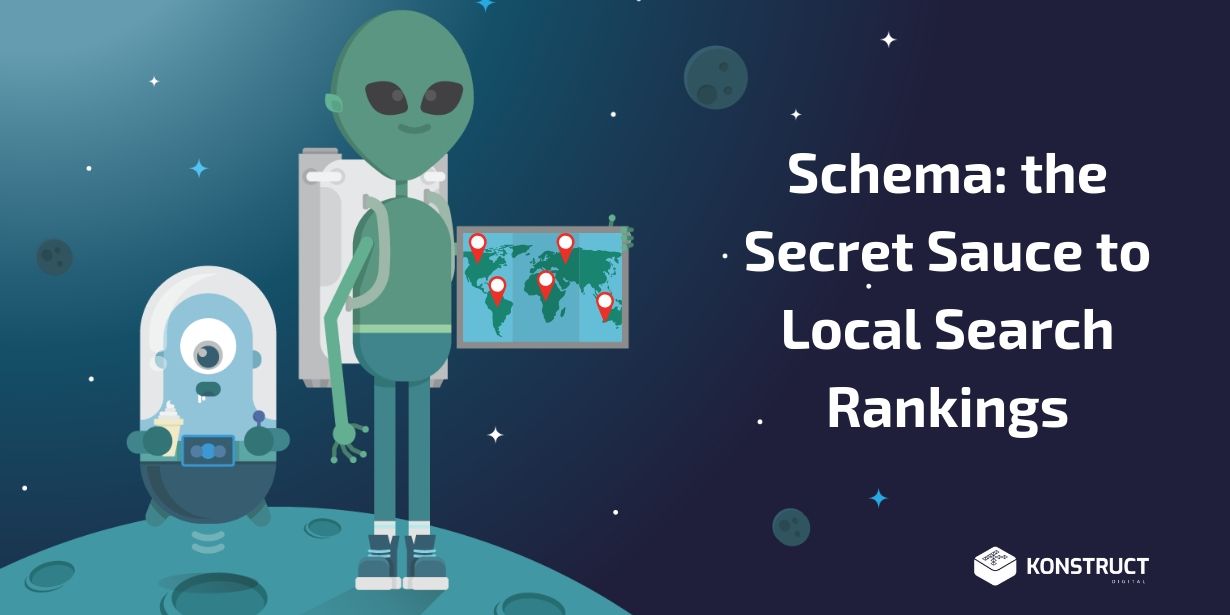For many years, the existence of the so-called ‘duplicate content penalty’ has been a hot topic of debate, stirring anxiety among marketers.
The short answer is: no, there are typically no ‘penalties’ for duplicate content.
However, having duplicate content can hurt your SEO. So it doesn’t mean you shouldn’t pay attention to best practices in dealing with duplicate content.
By putting in the extra effort to avoid duplicate content, you will end up creating a better experience for your users (and search engines) in the process.
What is duplicate content?

Google defines duplicate content as substantive blocks of content either within your own domain or across other domains that are identical or only have minor differences.
To be clear, translations of the same page or article and quote-sized snippets of texts from other sources are not technically duplicate content.
For the most part, duplicate content happens accidentally, either due to technical issues on the same website or because of manual duplication. External content duplication can also occur if your content is being published on a different website.
Does Google penalize you for duplicate content?

Yes, ok, a Google duplicate content penalty does exist.
The good news is that it only affects search engine rankings for regular sites in rare cases. Copied or scraped content on a page might trigger a review by one of Google’s human reviewers.
If the reviewer determines that the page/site violates Google’s Webmaster Guidelines and the intent of the duplicate content is to manipulate search engine results, Google will make the appropriate adjustments (the dreaded penalty), resulting in a reduced ranking of the site or complete removal from the Google index and search engine results.
The takeaway is: don’t steal content. Instead, create great, unique content that offers value to your audience.
How duplicate content hurts your SEO

While manual actions due to duplicate content are rare, duplicate pages might confuse search engines and your users, which results in poor site performance.
For example, if you have two or more pages with duplicate content matter, the search engine will struggle to figure out which page is the best result, as multiple pages from the same site with the same content will not be shown in the search results.
The result of this search engine confusion is that all pages with similar content lose visibility. The same issue happens for backlinks – other websites might link to different pages on your site with duplicate content, and since backlinks are important ranking signals, this adds to the problem.
Additionally, having many web pages with the same content burns Google’s crawl budget for your site and could lead to delayed indexing of pages on your site.
Find duplicate content

If you’re wondering right now whether you have duplicate content issues on your site, there are a number of ways to check.
You can do a manual check for duplicated content by taking a block of text from a couple of your primary pages, putting it in quotes, and doing a Google search.
Here’s the formula: “Site: [website URL] [content you’re searching for]”
If you have more than one version show up in the search results, you will have to take a closer look at what causes the duplication issue. You can also check in Google Search Console if the number of pages indexed line up with the number of pages on your site.
There are also a number of duplicate content checker tools available such as Siteliner, that offer a free scanning of your site once per month and give a thorough overview of any duplicate content issues on your site.
Internal duplicate content issues

Common sources of duplicate content within your site can often be fixed by going the extra mile with technical SEO. Here are a few common examples.
Product descriptions
For ecommerce companies, having duplicates of the exact same page content can be a big headache. As a general rule of thumb, avoid creating multiple versions of your pages for the same product and create your own awesome product descriptions that speak to your particular target customer.
URL parameters
If your site uses URL parameters such as for tracking or sorting. These are commonly found on ecommerce sites or via search functions. It’s best practice to ensure your site doesn’t create multiple URLs for all product variations.
Different URL versions of your site
You may have different versions of your sites live and visible to search engines, which causes duplicate content issues, as search engines treat them as duplicates of your site.
- HTTP vs HTTPS
- WWW vs non-WWW
- Trailing slash after the domain extension (.com/ and .com)
Depending on the specific internal duplicate content issue, you can fix it by deleting or consolidating pages with duplicate content.
How?
You can use meta robots with the values “noindex, follow” to filter out certain pages from Google’s index, set up a 301-redirect to the preferred version of your site, or use a canonical URL (rel=”canonical”) to indicate to search engines which version of the content is the main page and preferred domain.
External duplicate content issues

Sometimes your original content is so amazing that it gets duplicated on other sites!
Scraped content is when other websites steal your content and repost it on their site in the hopes of increasing their website traffic.
Copyscape is a great tool you can use to check if your content has been scraped.
Although scraped content rarely gets better search rankings than original content, it is a good idea to file a complaint under the Digital Millennium Copyright Act.
Syndicated content is different.
Here, your original content gets published on another website with your permission.
Medium and HuffPost are a few examples of sites that syndicate content. Although the syndicated content might get higher search rankings than your original web page because of the higher authority of the syndication site, there are benefits to having your content posted elsewhere:
- Increased exposure of your brand
- More powerful backlinks to your site
- More traffic to your own website as users explore the backlinks
Dealing With the Duplicate Content SEO Impact Like a Pro
When it comes to duplicate content, it’s really quite simple: focus on creating and publishing great, original content, and make sure the technical aspects of your site are set up correctly.
Even though you shouldn’t panic about duplicate content, it is a good reminder to streamline the content on your site so you don’t create confusion for users and search engines.
If you’re wondering how you can better deal with duplicate content issues and SEO (or fix duplicate content issues), we can help! Konstruct has lots of experience optimizing sites, why not let us worry about duplicate content issues?








